Cats live everywhere - in apartments, houses and outdoors. The size and physique of a cat have a significant influence on how much food it consumes. Outdoor cats that spend the entire day roaming the garden and further afield need energy and additional food when they return home; cats that lead a solitary existence in the home require less, and their owners can economise more on what they feed their feline companions.
A market with potential
Experts in the sector state that an adult cat eats between 200 and 250 grams of dry or wet food a day. Active male cats and more powerfully built cats eat even more.
Taking the FEDIAF population figures of nearly 103 million cats across Europe as a basis, a theoretical cat food requirement of around 9.4 mio tonnes of food per year results for the European market alone, including Russia. This seems to be an amazing figure, but the reality is a little different. The overall annual volume of pet food throughout Europe is put at 8.5 mio tonnes by FEDIAF (sales of approx. 1.5 bn euros), although this includes products for all other pets.
Unfortunately, either no reliable figures on the production volume of cat food are available or they have not been released by the manufacturers. However, the numbers provided above suggest that huge potential lies dormant in the international cat supplies market.
Interzoo provides superlatives
Interzoo 2024 was the most exciting, inspiring, informative and international trade fair of all time – a trade fair that set many new records, even …
Focus on felines
Looking at the detailed figures from FEDIAF in relation to the feline population, then maybe they are not so surprising. The most cats live in populous countries, thus Russia leads the way with 22.8 mio cats, followed at some distance by France and Germany. However, when the number of households is considered in relation to the cat population, the picture is entirely different; Romania is now in first place with cats in over one in every two households (56.2 per cent), followed by France, Poland and Russia. It doesn't take much imagination to work out that in low-wage countries in particular, cats tend to be fed less on industrially produced convenience food; in countries with a more rural structure, too, most cats eat what they can catch in the fields.
This closes the circle to the theoretically possible total volume of 9.4 mio tonnes of cat food mentioned above. It signifies massive potential for manufacturers and…

 Menü
Menü

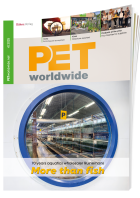



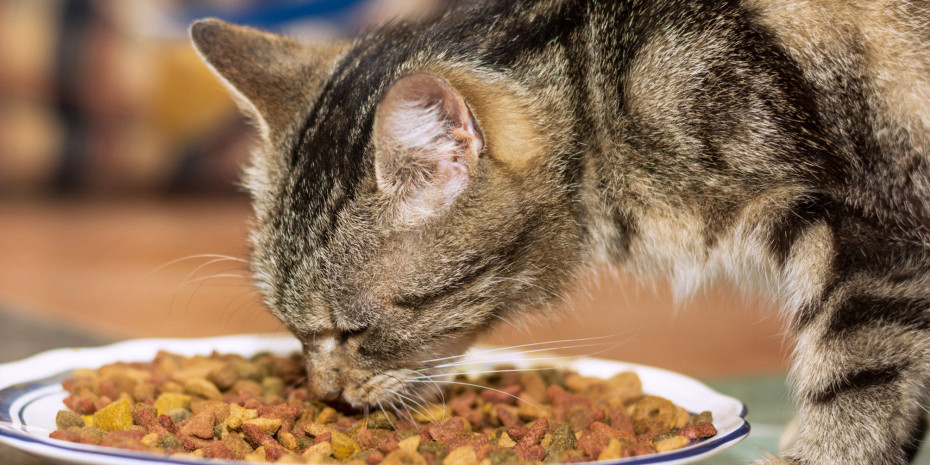


 2/2018
2/2018


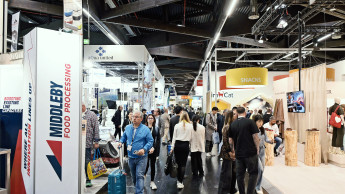
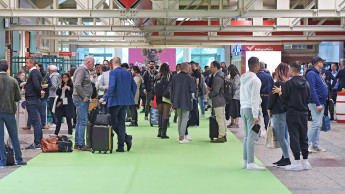
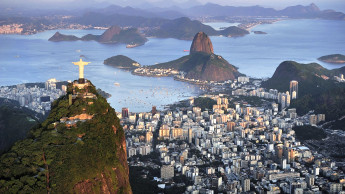
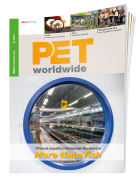

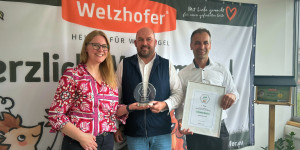


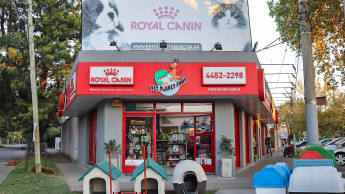
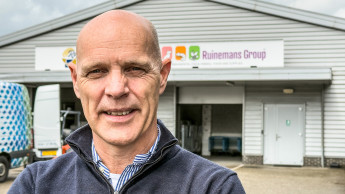
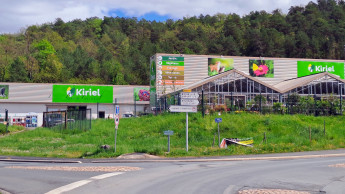
 Newsletter
Newsletter